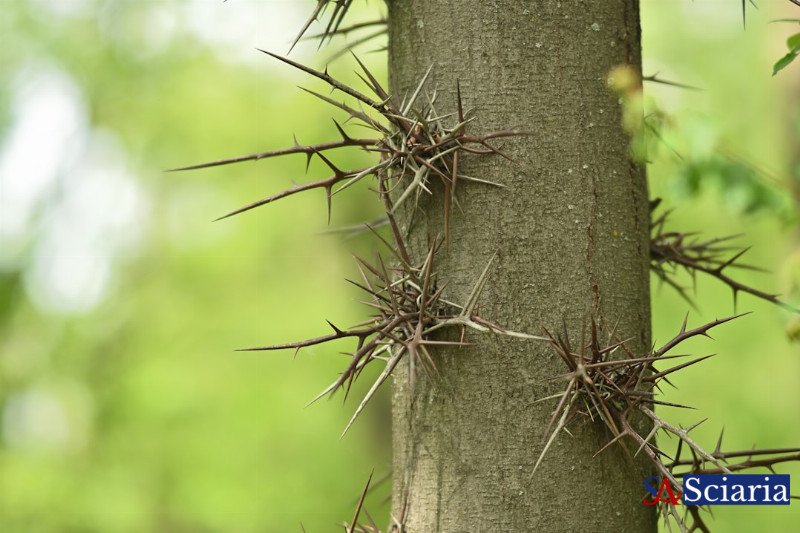Mycorrhizal Networks: Unearthing the Forest's 'Wood Wide Web'
- Sciaria
- Biology
- Oct 17, 2025
- 0 Comments

Imagine a vast, intricate communication network thriving beneath our feet, a hidden internet linking nearly every plant in a forest. This isn't science fiction; it's the incredible reality of mycorrhizal networks. Often referred to as the 'Wood Wide Web,' these subterranean fungal highways are fundamental to forest health, allowing trees and other plants to share resources, send warnings, and even support their offspring. In the realm of biology, understanding these networks reveals a profound intelligence and cooperation within ecosystems that challenges our traditional view of individual plants.
At its core, a mycorrhizal network is a symbiotic association between fungi and plant roots. The word 'mycorrhiza' itself comes from the Greek words 'mykes' (fungus) and 'rhiza' (root). In this mutually beneficial relationship, the fungus extends its hyphae – tiny, thread-like structures – far beyond what a plant's roots can reach, significantly increasing the plant's access to water and essential nutrients like phosphorus and nitrogen from the soil. In return, the plant, through photosynthesis, provides the fungus with sugars (carbohydrates), which the fungus cannot produce on its own. It's a perfect example of biological reciprocity, where both organisms thrive better together than apart.
The true marvel, however, lies in how these individual fungal-plant partnerships connect to form a sprawling network. A single fungus can colonize the roots of multiple plants, and a single plant can be connected to multiple fungi. This creates an interconnected web where resources can be transferred not just between a fungus and a plant, but indirectly between plants themselves. Studies have shown 'donor' trees, often larger, older 'mother trees,' can transfer carbon to shaded seedlings or stressed neighbors through these fungal conduits. Furthermore, chemical signals can travel through these networks, warning distant plants of insect infestations or diseases, prompting them to activate their own defenses before being directly attacked.
The ecological implications of these hidden networks are immense. They enhance forest resilience against disturbances, facilitate nutrient cycling, and play a crucial role in the establishment and survival of young trees. By fostering biodiversity, mycorrhizal networks contribute to the overall health and stability of forest ecosystems globally. From the majestic ancient redwoods to the humble undergrowth, life in the forest is far more interconnected and communicative than meets the eye. The 'Wood Wide Web' reminds us that even in the silent solitude of nature, a bustling, invisible world of cooperation and exchange is constantly at work, a testament to the intricate wonders of biology.
Comments (0)
Rate This Blog
Top Blogs by Rating
Life's Grand Algorithm: Is Bio...
By Sciaria
The Invisible Architects: Are...
By Sciaria
Unleash Your Inner Recess: The...
By Sciaria
Favorite Blog
Electro: The Art of Engineered...
By Sciaria
'Um' Isn't Just a Stumble: Wha...
By Sciaria
Identical Twins Aren't Identic...
By Sciaria
Related Research
Effectiveness of the sustainable fashion e-module in improving students analysis of the fashion industrys environmental impact at vocational high school
Refleksi jejak kolonialisme jepang dalam cerpen bulik rum karya suparto brata: kritik sastra postkolonial
Kehittämispuheiden takana talouskeskeisyyttä ja hiljaisuutta ‒ ikäihmisten perhehoito vanhushoivapoliittisten asiakirjojen näkökulmasta
Share
Notice Board
- ALIH FUNGSI LAHAN SAWAH MENJADI KEBUN DURIAN MONTONG TERHADAP PERUBAHAN SOSIAL EKONOMI PETANI DI DESA MAYAJAYA KECAMATAN PAMONA SELATAN KABUPATEN POSO
- OVER THE FENCE ? AND INTO ENGLISH? REFLECTIONS ON ADOLESCENTS, ACADEMICS, LINGUISTIC DEVELOPMENT AND LANGUAGE POLICY IN NORWAY IN THE EARLY 2000S
- TUNNE JA GENRE JäLKIKOLONIALISTISESSA KIRJALLISUUDESSA





